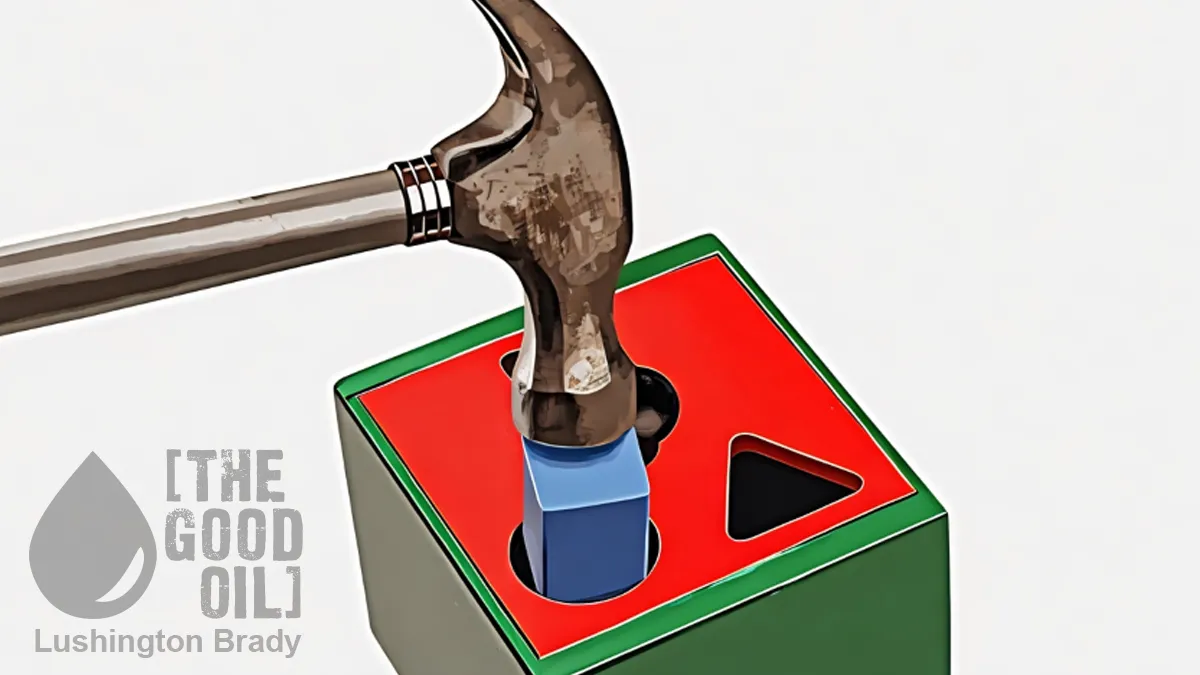It’s a story Good Oil readers will be grimly familiar with: yet another child dies because, apparently, ‘culture’ is a higher priority for welfare agencies than safety. Time and again, we’re soft-soaped with palaver about the wonders of ‘whānau’ and ‘mob’ and how precious ‘tamariki’ are. The statistics tell a very different and deplorable story.
Māori children suffer horrific rates of physical and sexual abuse, far higher than in the non-Māori community. Aboriginal children are as badly off. Poverty does not seem to be the causal factor in the disproportion – Australian figures show that Aboriginal children are grossly over-represented in abuse reporting at every socio-economic level.
Predictably, the ‘indigenous culture’ vultures blame even noticing these horrors as ‘racism’. Yes, you can excuse any horrors, apparently, if you just pull the race card. Failing that, blame ‘colonialism’.
But what if ‘culture’ is the problem in the first place?
To avoid allegations of creating another “stolen generation”, child protection workers are expected to place Aboriginal children with Aboriginal families and have the process managed by Aboriginal organisations. Despite decades of trying, these procedures have not solved the problem. A critical reflection by an Aboriginal Family Support Services officer to the South Australian Commissioner for Aboriginal Children and Young People Inquiry into the Aboriginal and Torres Strait Islander Child Placement Principle (Principle), “We looked, and there was no safe family,” encapsulates the dilemma.
“We looked, and there was no safe family”
Rather than ask why there are apparently no safe families to be found among Aboriginal families, the culture vultures just double down.
Commissioner April Lawrie suggested that the Department of Child Safety try harder to find Aboriginal families. She said, “The future of our Aboriginal children needs to be in the hands of Aboriginal people.”
As I always advise with such claims: flip the script. “The future of our White children needs to be in the hands of White people” – imagine trying to get away with saying that.
But it gets worse.
A contemporaneous review of the child protection system in South Australia by Kate Alexander, “Trust in Culture” was similarly disposed. It commenced with “Trust in the love of the oldest culture on earth for its own children and its infinite wisdom to find ways and people to make them safe.”
Pass the barf bag. Not only is this claim of ‘the oldest culture on earth’ a bald lie, but how is a culture that, on their own argument, has never progressed beyond the Stone Age, supposedly ‘infinitely wise’? Does anyone really believe this racist nonsense?
More to the point, how is putting ‘culture’ ahead of the safety of Aboriginal children panning out, in practice?
The situation is dire and deteriorating […] The worsening situation may be no more than the passing of time because, for two or more generations, public policy has preferred to play to the notion of the specialness of Aboriginal culture, especially “child care practices”, thus leaving children in harm’s way. Children not taken out of harm’s way have children. The result is a catastrophe.
Not only do the culture-vultures flagrantly ignore the evidence of dire rates of abuse and neglect of indigenous children, they are as racistly obsessed with a modern ‘one-drop rule’ as any Obergruppenführer poring over an ahnentafel in search of ‘Jewish blood’.
The Commissioner argued that there is a “yearning to have known a childhood with one’s own people” – but what people?
Almost every Aboriginal Australian or Māori alive today has an admixed ancestry, which should, one would think, be celebrated as a sign of successful integration (willingness to intermarry being regarded as a key proxy for non-racism). Time and again, though, the often overwhelming bulk of an individual’s European ancestry is cast aside in favour of an obsession with an ever-vanishingly small quota of indigenous ancestry. For adult ‘box-tickers’, claiming an ‘indigenous ancestry’ (however spurious) is often a golden ticket to welfare, career advancement and social cachet.
For neglected children, though, it is too often a brutal millstone.
A family thought that they may have Aboriginal heritage but did not identify as Aboriginal and did not wish to identify the child as Aboriginal. Still, the child remained identified as Aboriginal in the system […] Another case was where the child’s father and paternal grandfather identified as Aboriginal three months after the removal of the child. The Department heard from the paternal grandmother that the paternal grandfather had never previously identified as Aboriginal […]
A further case cited was where the child’s father had been diagnosed with mental illness and intellectual disabilities. The father had provided inconsistent accounts of Aboriginality, identifying with multiple Aboriginal groups across various states. The child’s paternal aunts and uncles, who shared the same parents as the child’s father, did not identify as Aboriginal and did not know of their brother’s Aboriginality.
There is an objective test of Aboriginal ancestry. Naturally, the culture-vultures are horrified.
The Department has occasionally sought DNA testing for confirmation. The Commissioner found this practice “deeply concerning” and argued this was evidence of the need for “cultural oversight” by the Aboriginal community. Perhaps she was unaware that Aboriginal litigants in native title disputes have for many years sought DNA tests to prove or disprove the claims of others.
So long as the grotesque ideological obsessions of adult activists continue to be prioritised over the most basic right to safety of children, the more likely we will continue to be confronted with horror stories of children battered, abused, raped and murdered.









